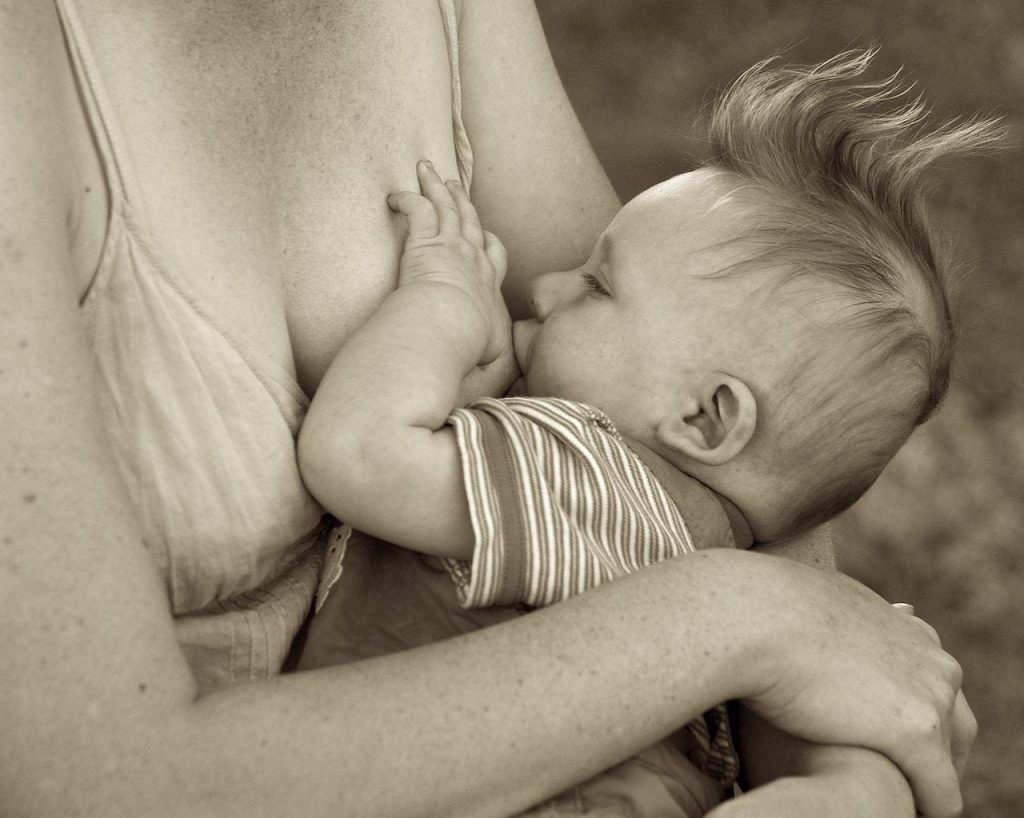How To Survive A Painful Let-Down
When you’re breastfeeding, it’s not uncommon to experience painful let-downs. Sometimes, this can happen when you first start breastfeeding, but it can also happen during later stages of nursing. Let-down is when milk made in the alveoli is released, and the milk flows through the various ducts in your breast and ultimately exits through your nipples. It is also called the milk-ejection reflex.
Painful let-down is when your breasts feel engorged and tender, and when you nurse your baby, the milk comes out too fast. Your baby may also have trouble getting the milk out because it’s coming out too quickly.
If you’re experiencing pain with your let-down, you must talk to a lactation consultant or professional so they can help you determine what could be causing the problem. Sometimes, underlying issues that affect milk supply or flow need to be addressed before they can be resolved.
How do I know if I have a Painful Let-Down?
Most women will notice let-down as a tingling sensation or a feeling of “pins & needles.” Some women don’t notice anything, while others find it extremely painful: they experience sharp, stabbing pain across the chest as the milk is released.
If you experience this pain during breastfeeding, you may notice:
- Your baby is swallowing air with her feedings (this can cause her to spit up).
- You’re producing more milk than your baby needs (which means she’s drinking too much) and having trouble transferring enough milk from one side to the other (this can lead to engorgement).
Certain things that can cause painful let-down
- An infection (mastitis) in your breast tissue
- Thyroid problems
- Breastfeeding positions that aren’t working for you and your baby (i.e., lousy latch)
- Medication that you’re taking
- The fact that your baby is not getting enough milk from the breast (this can be due to several factors, including:
- Your baby is not latching on properly
- You’re breastfeeding too frequently
- Your baby is not gaining weight
- A medical problem that’s preventing your milk from coming in
- Your baby is not breastfeeding enough (i.e., he’s not eating from both breasts at each feeding).
It’s essential to remember that there are many reasons why your breasts may be painful and engorged when breastfeeding. If this is the case for you, it’s a good idea to seek out a lactation consultant or another breastfeeding support person to help you figure out what’s going on and how to fix it.
The excellent news about painful let-downs is that it’s usually temporary. It can take a few weeks for your milk supply to regulate and your breasts to stop hurting when your baby feeds. If you’re concerned, talk with your doctor or lactation consultant about what might be causing the pain and how to fix it so you can continue breastfeeding comfortably.
Painful let-down – Engorged Breasts
If the painful let-down is due to engorged breasts, follow the ideas here to reduce engorgement. In about 4 or 5 days, your breast will regulate its milk production according to supply and demand. Hopefully, the pain will stop once your breasts are no longer engorged.
If it is due to your body making too much milk (even after the engorgement period), then you can try to train your body to make less milk.
To do this:
- Breastfeed your baby from one breast at each feeding,
- alternate to the other breast on the next feeding, but feed from one breast only.
Allowing your breast to stay packed will signal to your body that there is too much milk and less should be made. Hopefully, the milk your breasts produce will decrease within a few days. There should be less pain with less milk gushing through your milk ducts.
Painful let-downs can also be due to a yeast infection or other complications. Ask your physician for more information.


